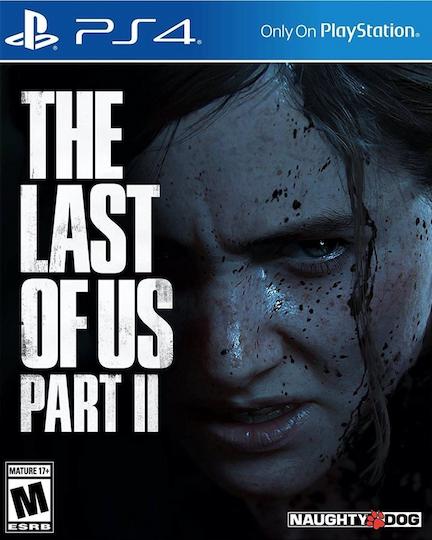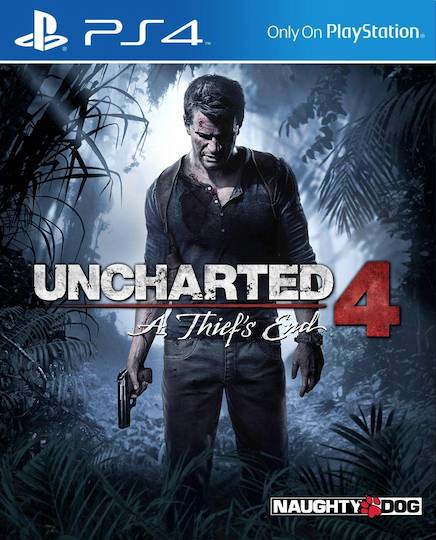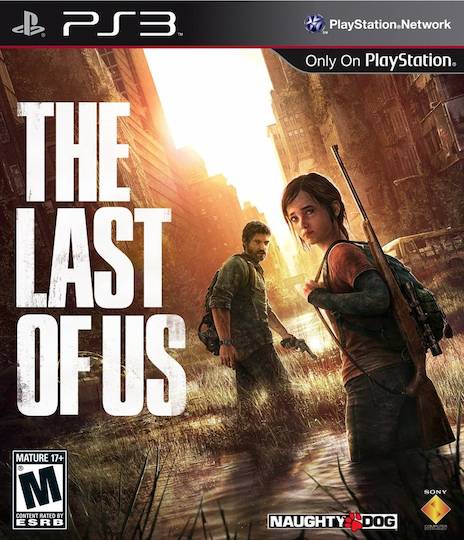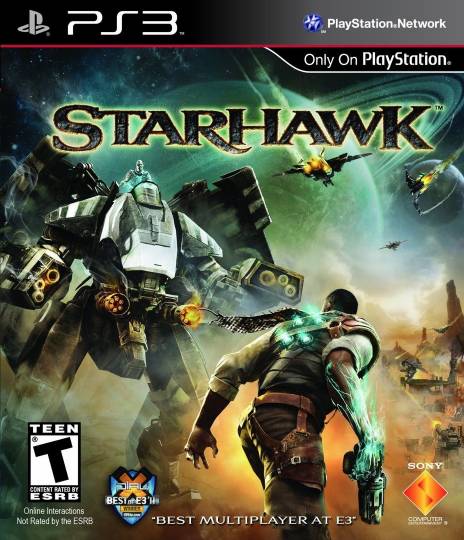
Clash Royale has been my go-to phone game lately. I didn’t pay it much attention when it launched early last year; I just assumed it was Supercell’s latest entry in the “shouting man icon” mobile game genre. But it kept popping it when I was searching for new deckbuilding games to play, so I decided to give it a shot.
Belying its wacky cartoonish aesthetic, Clash Royale is actually a very elegantly designed real-time strategy game (with a tolerable free-to-play metagame). Players select 8 cards (troops, spells & buildings) for their deck, then spend “elixir” to deploy them on their side of a two-lane arena. Their units will push towards the opponent’s side of the map, with the aim of toppling their three towers. The entire battlefield fits on a vertical phone screen, and matches only last 3-4 minutes.
Players select where to summon their units, but they fight autonomously once deployed1. This simple touchscreen interface is approachable for mobile players, but there is deep skill and strategy in the timing and placement of deployment. In essence, Clash Royale refines mechanics from the notoriously complex RTS, MOBA and deckbuilding genres into a very elegant and accessible hybrid game.
While there’s a lot to praise about Clash Royale’s design, I’d like to expand on a small detail that caught my eye. It’s an ingenious design decision that allows the developers to efficiently reuse their existing content. It also opens up strategic options for the player without sacrificing simplicity.

Skeletons are the weakest units in Clash Royale. They die in one hit and their melee attacks deal negligible damage. The base version of the card spawns 4 skeletons and is one of the only 1-elixir cards in the game. It’s mostly used as a quick distraction, tanking damage from a stronger unit while your towers whittle it down. Its low cost also makes it good for an emergency defense. Because it’s a common card that fits well into beginner decks, players will very quickly get a sense of a skeleton’s relative strength and strategic uses.
A different card, Skeleton Army, deploys 14 skeletons for the cost of 3 elixir. This has an obvious benefit in elixir efficiency (2 extra skeletons for the cost), but it also provides a distinct strategic utility. A horde of weak units can easily overwhelm stronger units that have high hitpoints and move slowly. Skeleton Army is a hard counter to Giants & Hog Riders, two of the strongest pushing units in the game. However, a concentrated swarm is more susceptible to AOE spells, giving the opponent to the option to trade effectively using Zap or Arrows.
Concocting two cards from a single unit is pretty good, but Clash Royale goes even further. The Witch is a slow-moving AOE-damage unit that summons 3 skeletons in front of her every few seconds. The Tombstone is a low-cost defensive building that periodically spawns a skeleton, and spawns 4 additional skeletons on death. Finally, The Graveyard is a legendary spell that gradually summons a swarm of skeletons in a large radius. It can be deployed anywhere in the arena, even directly on top of your opponent’s towers. Each of these five cards gets to reuse the skeleton code and assets while serving distinctly different strategic purposes.
A similar design pattern is used for goblins, which are a slightly-stronger base unit. They come in two basic flavours: Goblins (melee) and Spear Goblins (ranged) both cost 2 elixir for 3 units, while the Goblin Gang summons 6 goblins (3 of each) for 3 elixir. Goblin Hut is a building that periodically spawns spear goblins, and Goblin Barrel delivers 3 melee goblins anywhere on the map.

From a production point of view, there are many benefits to this type of content reuse. Supercell have stated that they keep their game downloads under 100 MB, which is the maximum size that iOS will allow to be downloaded without wifi. Having multiple cards use the same unit models, textures, and sounds is a huge benefit to Clash Royale‘s memory footprint. I suspect that the minor unit variations (such as the melee and ranged goblins) likely have some shared assets. This decision undoubtedly helps with development scheduling as well, as they can create more content in the same amount of time.
Furthermore, this approach also has benefits for game design. Once players understand a unit’s strengths and weaknesses, they won’t be confused if that unit pops up in a different context. For instance, I remember the first match where my opponent played The Witch. I had to take some time to observe and understand her behaviour, but the skeletons she summoned were a known quantity. I felt confident about reacting to them.
Having fewer individual unit types simplifies game balance and tuning. If The Graveyard spell were to hypothetically summon it’s own bespoke unit called the zombie, then the design team would have to reconsider the zombie’s strength relative to the skeleton every time either unit was adjusted. Keeping the units consistent allows Supercell to focus instead on what makes each card unique. For instance, they’ve nerfed Skeleton Army twice this year by simply reducing its skeleton count by one.
Designers often fret about reusing assets, fearing that players might burn out on repetition. Clash Royale’s economical design demonstrates how clever tweaks to existing content can afford distinct strategies for the player. NPCs are more than their base stats; variations in quantity, economy, and deployment are cost-effective ways of reinterpreting existing units.

1 Purely incidentally, the game actually has a lot in common with Pax Britannica.




